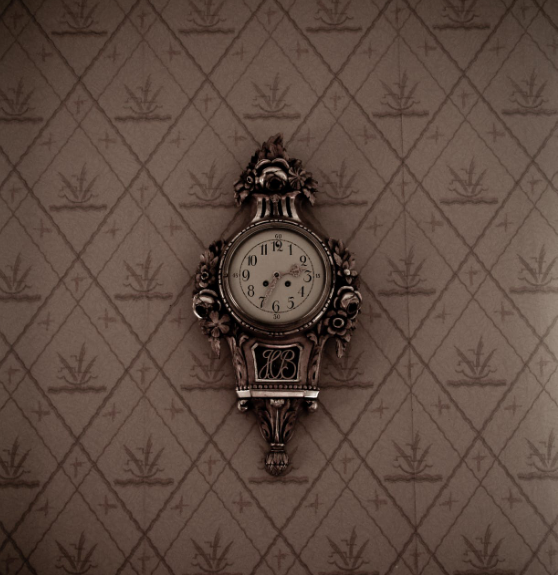Wallpaper Removal Alternatives You Should Consider

Removing old wallpaper is one of the most unpleasant tasks some of us have had to participate in, many Michigan homeowners will back me up here. It is arduous, overly time-consuming, and messy. It’s annoying, and unless you are dealing with walls that were sealed with wallpaper primer before the paper was glued, you will be lucky to have all your walls intact at the end of the exercise. Some have been lucky to find themselves removing wallpaper from primed walls, you know, it peels off easily in sheets but how often does that happen?
Endless Scraping
Not that often, especially if you are dealing with old wallpaper attached before the early 90s, you know, before priming became a common practice in the United States. Generally, wallpaper removal involves hours of endless scraping, steaming, more scraping, spraying water, and tedious peeling. If you do it once, you’ll never want to do it again in your lifetime. But do you really have to remove wallpaper every time you want to change the appearance of your walls? Are there any alternatives to the wallpaper removal?
Well, if you know that the wallpaper in your house stuck good and won’t come off easily, there a few ways of treating it and painting over it to make sure that it becomes a distant memory. But how effective is that? How will the wall look like afterward? This article examines some of these alternatives and their practicality as long-term solutions. Keep reading to find out more.
Removing Wallpaper Without Actually Having to Remove It
If you realize that the paper is really stuck to the wall and can’t afford to have it removed professionally, you may choose to take this route. The process involves a number of steps after which the walls will be smooth ready for anything you want to do with them. You can choose to paint or texture them, that’s completely up to you.
- Inspection and Peeling. The first step involves inspection the walls to ensure that there are no loose parts of the wallpaper are left. If you find a loose area, grab it and peel it off. Make sure that the only areas of the wallpaper left are the ones that really stick to the wall.
- Smoothen the Seams. The second step involves the use of a sander/sandpaper to smoothen the seams. Don’t leave hard paper edges, so be sure to use the sandpaper on the areas where have peeled the wallpaper. The goal is to have feathered edges that easily blend with the drywall.
- Mudding the Seams. The third step involves using a taping knife and drywall mud (premixed) and applying it over the seams. The drywall mud should dry within a couple of hours; you can fan the room to the skim to dry up faster.
- Sanding the Drywall Mud. In the fourth and final step, you are supposed to sand the drywall mud you just put on the seams until it’s completely smooth. Make sure that the mudded areas blend well with the areas with wallpaper.
There you go. You have successfully removed wallpaper sans all the tedious work associated with the process. Now you can do whatever it is that you want to do with your walls, just make sure that you apply an oil-based primer first.
Texturing Over Wallpaper
When you are done with the process outlined above, one of your options will be to texture over the wallpaper. All you will need for this process is a texturing stomp brush and a mixture of drywall compound. Dip the brush into the compound and apply on the wall, from corner to corner. Texturing brushes come in many shapes and sizes, get one that you are comfortable with if you want to do a great job.
Skim Coating Over Wallpaper
Skim coating over wallpaper is easier than texturing, but it gives good results too. To apply a skim coat over your wallpaper, you need a wide blade putty knife and a wet mixture of drywall compound. Apply a thin coat and leave to dry. Sand to even out the walls and when you are done, apply a fresh coat of paint.
Wallpaper removal is a long, tedious process that many people don’t want to involve themselves with. However, sometimes you just get tired of looking at that old wallpaper and start looking for other viable options that do not involve the laborious removal process. Skim coating and texturing over wallpaper are good alternatives, just make sure that you follow all the steps explained above for the best results.
